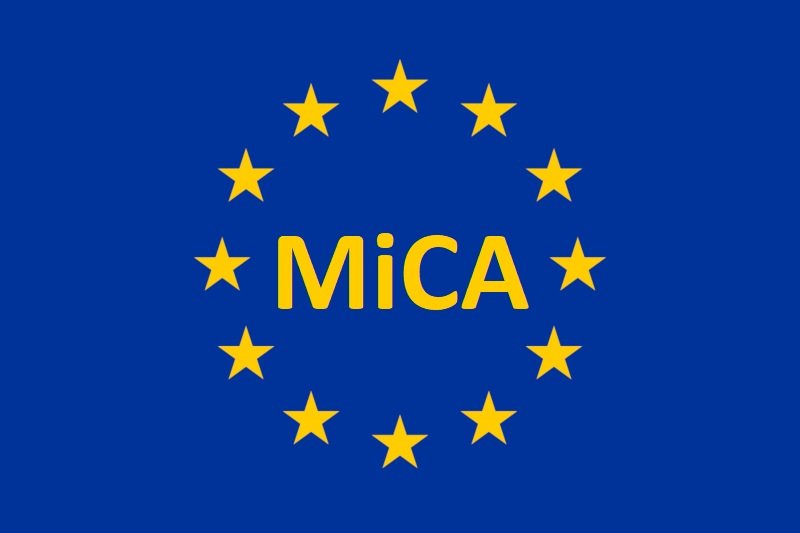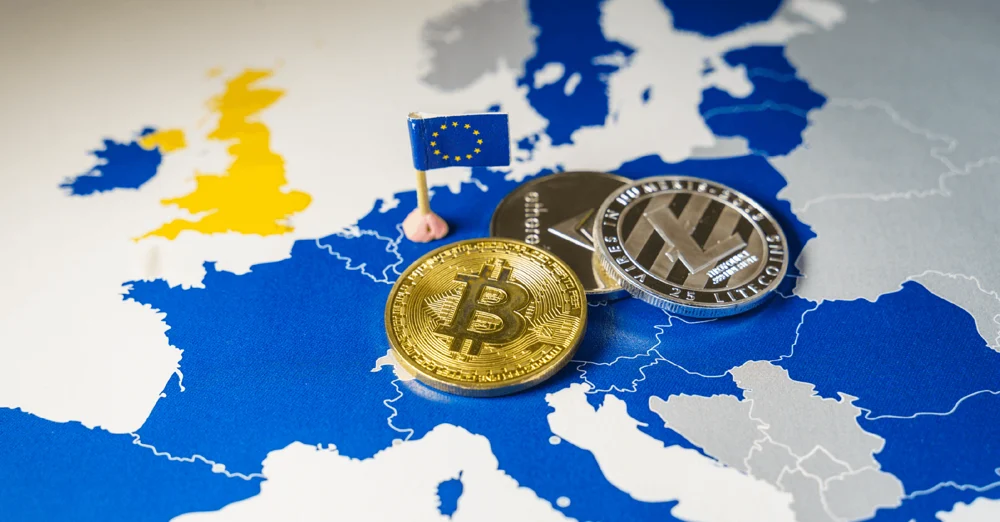As digital assets and cryptocurrencies have become a core part of the European economy, regulators have been working to create a clear, unified framework to govern their use. One of the most significant developments in this area is the Markets in Crypto-Assets Regulation (MiCA Regulation).
This regulation aims to protect consumers, support innovation, and create legal certainty for crypto businesses operating across EU member states. In this article, we will explore what MiCA regulation is, why it matters, and how it could reshape the crypto landscape in Europe.
What Is MiCA Regulation?
MiCA, short for Markets in Crypto-Assets Regulation, is an EU regulation establishing a comprehensive legal framework for crypto-assets, their issuance, and the provision of related services.
It was proposed by the European Commission in September 2020 as part of the Digital Finance Package and formally adopted by the European Parliament and the Council of the EU in 2023. The regulation is designed to address the fragmented national rules and provide a single set of requirements across all EU member states.
Objectives of MiCA Regulation
MiCA has four main objectives:
- Legal Certainty:
Provide clear definitions and rules for crypto-assets not covered by existing financial services legislation. - Consumer and Investor Protection:
Ensure safeguards against risks such as fraud, market manipulation, and cyber threats. - Market Integrity:
Promote fair and transparent crypto markets across the EU. - Support Innovation and Fair Competition:
Allow innovators to scale up their projects with regulatory clarity while ensuring a level playing field.
What Crypto-Assets Does MiCA Cover?
MiCA applies to crypto-assets that are not already regulated under the EU’s existing financial framework (like MiFID II). It specifically categorizes three main types:
- Asset-Referenced Tokens (ARTs):
Tokens referencing one or more assets (e.g., stablecoins pegged to a basket of currencies or commodities). - E-Money Tokens (EMTs):
Tokens referencing a single official currency (e.g., euro-pegged stablecoins). - Other Crypto-Assets:
All other digital assets not falling under the first two categories (e.g., utility tokens).
MiCA does not apply to:
- Security tokens already regulated as financial instruments,
- NFTs that are truly unique and non-fungible,
- Central bank digital currencies (CBDCs).

Key Requirements Under MiCA Regualtion
MiCA regulation introduces several obligations for issuers and crypto service providers:
✅ White Paper Requirement:
Every issuer of a crypto-asset must publish a clear, detailed white paper describing the project, rights, risks, and governance.
✅ Authorisation:
Crypto-asset service providers (exchanges, wallets, trading platforms) need to be authorized by a national competent authority.
✅ Consumer Protection Measures:
Strong rules on disclosure, complaints handling, and capital requirements.
✅ Market Abuse Prevention:
Provisions to prevent insider trading and manipulation of crypto markets.
✅ Stablecoin Regulation:
Stricter supervision of stablecoins (especially significant ARTs and EMTs) with additional capital and governance obligations.
How Will MiCA Regulation Affect Crypto Businesses?
Opportunities:
- Clear rules will give projects legal certainty and the ability to passport services across the EU.
- MiCA may increase institutional adoption as regulatory clarity improves trust.
Challenges:
- Higher compliance costs and administrative burden for startups.
- More supervision could slow down experimentation and innovation.
Ultimately, MiCA is seen as striking a balance between consumer protection and innovation.

Timeline and Implementation
MiCA entered into force in 2023, but most provisions are scheduled to apply gradually:
- Stablecoin rules began to apply in mid-2024.
- The full framework for service providers and other crypto-assets is expected to apply from 2025.
Businesses operating in crypto should prepare now to ensure compliance with authorization requirements, governance standards, and consumer protection rules.
Why MiCA Is Important for the Future of Digital Finance
The EU is positioning itself as one of the first major economies with a holistic crypto regulatory framework. MiCA is likely to:
- Serve as a model for other jurisdictions,
- Make the European crypto market more attractive to institutional investors,
- Improve consumer confidence in digital assets.
For entrepreneurs and businesses, MiCA offers clarity—but also new responsibilities.
Need a professional website to grow your business across the EU?
👉 Rakuzan.eu provides digital business solutions tailored for entrepreneurs — website development, optimization, and more.
And if you’re launching online, make sure your hosting is fast and reliable.
👉 Use Hostinger to get started quickly and affordably.
Disclaimer: This article is for informational purposes only and does not constitute financial, tax, or investment advice. Readers should consult with a licensed professional before making any financial or business decisions.





